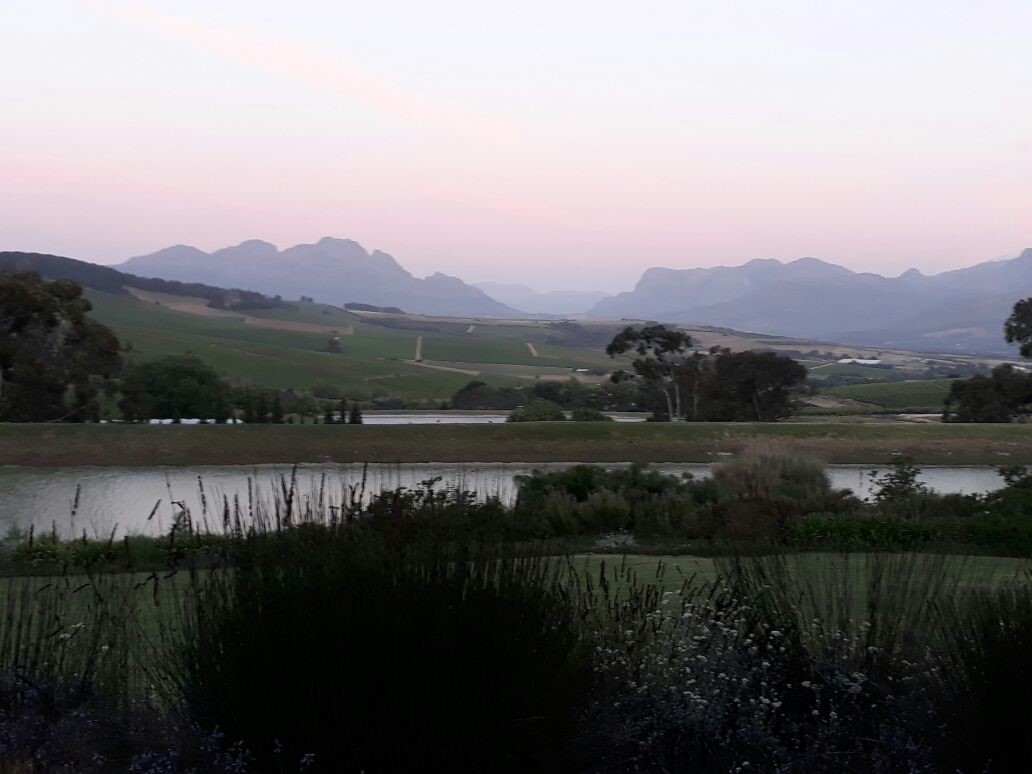
In praise of patience…
American poet and essayist Ralph Waldo Emerson wrote: “Adopt the pace of nature. Her secret is patience.”
It’s a philosophy winemakers are well acquainted with, having to prepare soil years ahead of planting vines – and then having to wait a few years more before the vineyard bears a commercially significant crop. Then there’s the time in tank and barrel, bottle too, until it is launched on the market. The waiting game…
So why is it that consumers so readily broach this long-gestated product, often within hours or days of purchase? Eagerness and anticipation? Most definitely. But why do we so easily fall into the trap of ‘now’ when a little delay makes the return and enjoyment so much better? Is it a consequence of the fast-paced technological age we live in, where everything is not just up-to-the-minute but up-to-the-second with Twitter and Facebook notifications of breaking news, who said what, what’s happened and where, what the traffic is doing on a particular highway and which routes to avoid?
As wine lovers we know that aged wine, perfectly matured over time, can be transcendant. Anyone who has been fortunate enough to drink and enjoy Nederburg’s world-renowned 1974 Cabernet Sauvignon made by Günter Brözel or a 1968 GS Cabernet (rated 100 by Jancis Robinson) has tasted history.
Opportunities to taste older South African wines are infrequent, but there has been a definite swelling in interest and appreciation of them over the past year. Klein Constantia had a cellar spring clean and shared a few of their finds in 2016 (see Evolution and Price, October 16 - http://www.wosa.co.za/WOSA-News/Blogs/Cape-Chatter/2014/?ctid=1855&yr=2016). Prime among them was the estate’s maiden 1986 Sauvignon Blanc, a wine which was stellar in its youth, being adjudged the coveted Smuts Trophy winner at the national Young Wine Show the same year. And it’s still superb – if tertiary rather than primary. Similarly, a few of the farm’s Rieslings, Shiraz and Pinot Noir.
Stellenbosch producer Haskell Vineyards first bottled its own wines in 2008 and used the opportunity of its tenth harvest in 2017 to revisit some library stock. Cellarmaster Rianie Strydom is justifiably proud at attaining a 5-star rating for the Anvil Chardonnay, but there can be little doubt that the property’s calling card is Shiraz in the form of three very individual bottlings: Aeon, Pillars and Hades.
Straight out the blocks with the release of the 2007 vintage, Pillars Syrah was special. It got 5 Stars in Platter and was then selected for the Tri-Nations Challenge with New Zealand and Australia, winning Best Shiraz, Best Red wine and Best Wine in Show! A decade on and it’s evolved into a truly glorious wine. So too has its stablemate, the Aeon Syrah, decribed by CEO Grant Dodd as the “most masculine” of their wines, being structured and muscular with bags of dark fruit and black pepper.
One of its neighbours in the golden triangle is Stellenzicht where Guy Webber has been at the helm for nearly two decades. Two wines which formed part of a line up of Semillons in a Women in Wine tasting held recently showed that this particular patch of dirt on the Helderberg slopes doesn’t just have an affinity for Shiraz. It produces wonderful whites too. The wines in question were a 1999 and 2002 Stellenzicht Semillon Reserve. Tasted adjacent to Boekenhoutskloof 2012, Fairview Oom Pagel 2009, Rijk’s 2004, Road to Santiago 2014, Adoro 2014 and the maiden Botanica 2015 which is a 5 Star laureate, these wines shone bright. Golden and evolved, but with such richness, charm, elegance and beautiful freshness, it prompted one of the winemakers present, Irene Waller of La Bri, to say that she couldn’t wait to vinify her own Semillon one week later!

But Waller knows about persistence and patience herself. Having learned a thing or two while working for Graham Beck and its bubblymeister Pieter Ferreira, the La Bri winemaker has just released the farm’s first ever bubbly. Called Sauvage La Bri because it’s bone dry, the 100% Chardonnay bubbly remained on its lees for five years. Taut, crisp grapefruit pith and vibrant lime notes populate the palate but the wine’s persistence is amazing. It stays and stays in the mouth long after the liquid is gone.
All of these wines and experiences are a lesson in appreciation. Exercising patience and taking time to slow things down in order to appreciate the little moments can enrich life immeasurably.
-Fiona McDonald
